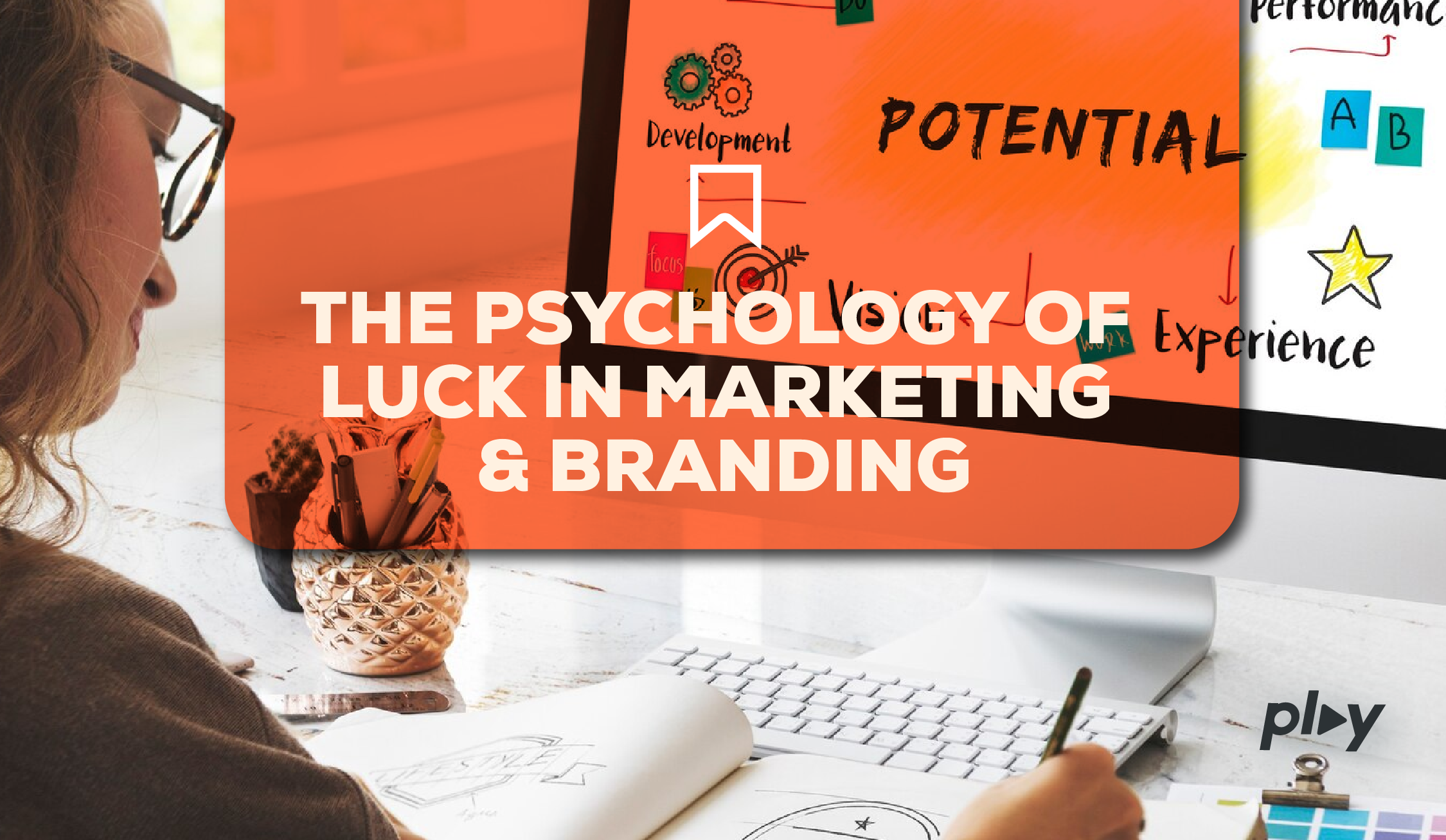The Psychology of Luck in Marketing & Branding: How to Make Fortune Favor Your Business

Luck. It’s an intangible force we all acknowledge but can’t quite define. Some businesses seem to stumble into success, while others—despite airtight strategies—struggle to gain traction. Is marketing simply a game of chance, or is there a way to engineer luck in branding and advertising?
As a CEO, I’ve seen firsthand how luck plays into business. But here’s the secret: luck in marketing isn’t random. It’s psychological, predictable, and, most importantly, repeatable. The most successful brands don’t just get lucky—they create the conditions for luck to happen.
Let’s break down the psychology of luck in marketing and how businesses can harness it to create brand success.
The Science of Luck: A Psychological Perspective
Psychologists and behavioral scientists have long studied luck, and their findings reveal a fascinating truth: luck is less about chance and more about mindset, perception, and positioning.
1. The Role of the “Lucky Mindset” in Marketing
Dr. Richard Wiseman, a psychologist who conducted a decade-long study on luck, found that “lucky people” share four key traits:
- They create and notice chance opportunities
- They make lucky decisions by listening to intuition
- They expect good fortune
- They turn bad luck into good
In marketing, brands that embody this mindset set themselves up for success. They embrace adaptability, spot emerging trends early, take calculated risks, and build marketing campaigns that amplify their perceived luck.
Example:
- Apple’s “luck” with the iPhone. Many believe Apple got lucky launching the iPhone at the perfect time. In reality, they had been meticulously designing mobile interfaces since the early 2000s. Their “luck” came from years of preparation and a willingness to pivot when they saw an opportunity.
2. The Baader-Meinhof Phenomenon: Making Luck Seem Real
Ever learned a new word and suddenly heard it everywhere? That’s the Baader-Meinhof phenomenon, or the frequency illusion. When people become aware of something, their brains make it feel omnipresent.
Smart brands leverage this psychological bias by consistently reinforcing their message. They make their brand seem lucky by making it appear everywhere. This is where omnichannel marketing, retargeting ads, and consistent brand storytelling come in.
Example:
Nike’s “Just Do It” Campaign. Over time, Nike’s marketing made “Just Do It” feel omnipresent in culture. Their ad placements, sponsorships, and influencer partnerships made it seem like their success was inevitable—when in reality, it was engineered through consistent exposure.
3. The Psychology of Serendipity in Brand Engagement
Serendipity is the feeling of discovering something valuable by chance. But is it really by chance?
Marketers create serendipity by structuring digital experiences so that customers feel like they stumbled upon a perfect product at the perfect time.
Example:
Amazon’s Recommendation Engine. The “Customers Also Bought” and “Recommended for You” sections make users feel like they just happened to find exactly what they needed—when in reality, Amazon has meticulously crafted these experiences using AI and behavioral data.
Applying the “Luck Effect” in Your Marketing Strategy
1. Increase Your Surface Area for Luck
The more touchpoints your brand has, the higher the likelihood of lucky breaks. This means:
- More content (blogs, social media, podcasts, guest articles)
- More collaborations (co-branded campaigns, influencer partnerships)
More experiments (A/B testing, emerging platform adoption)
2. Engineer Moments of Discovery
Make your brand feel like a hidden gem that people are lucky to discover. Strategies include:
- Scarcity & exclusivity marketing (limited-edition drops, invite-only access)
- Personalized recommendations (AI-driven product suggestions, email segmentation)
User-generated content (organic testimonials and viral moments)
3. Use Storytelling to Reinforce the Luck Narrative
People love origin stories that include a little bit of luck. Position your brand as having a moment of “fateful discovery” while subtly showing the work behind it.
Example:
Airbnb’s Startup Struggles. Airbnb’s founders tell the story of how they “lucked out” by renting out air mattresses during a sold-out conference. This narrative makes their success feel serendipitous while masking the years of persistence behind it.
Luck Favors the Prepared Marketer
At its core, the psychology of luck in marketing is about perception, positioning, and persistence. The most successful brands don’t leave luck to chance—they manufacture it through strategy, psychology, and adaptability.
So, as you shape your marketing strategy, ask yourself: Are you waiting for luck, or are you creating it?
Because in branding and advertising, fortune favors those who make it impossible to ignore.
